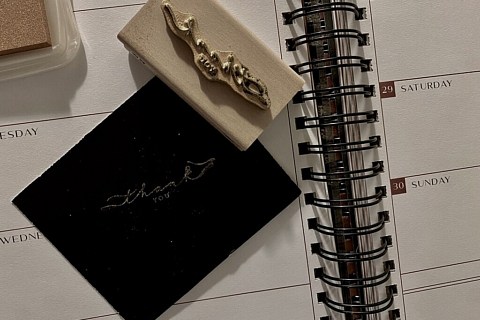Mardi Gras has come and gone as quickly as your memory of the night before, and your head may be reeling after a day and night of parties, drinking and throwing around those purple, green and yellow beads. And as Ash Wednesday showed up right on time to go with your hangover headache, you might be wondering what this celebration is actually celebrating, and why there are so many strange traditions that go along with your best excuse to get drunk on a Tuesday night.
Mardis Gras—literally translated from the French for “Fat Tuesday”—originated in medieval France in the weeks leading up to Lent, and was originally celebrated as “Beouf Gras” or “fattened calf.” The Catholic practice of Lent, where Christians repent of their sins and traditionally give up something for 40 days, is supposedly the reason Mardi Gras was created. It was a time for the people to revel—to eat, drink and be merry before Ash Wednesday, when they returned to the church to repent of their sins and begin Lent season. This tradition stuck with the French Catholic culture and traveled with them to the American colonies when, on March 2, 1699, French-Canadian explorer Jean Baptiste Le Moyne Sieur de Bienville arrived in present-day Louisiana, 60 miles south of where New Orleans would stand. The French explorers realized it was the eve of the celebration, which led to the first recorded Mardi Gras celebration in the United States.
In 1718, Bienville had established the city of New Orleans and by the 1730s, Mardi Gras was a popular celebration, although it was celebrated differently than today. The Louisiana governor at the time set the precedent of hosting elegant, extravagant balls, which is where today’s Marid Gras balls and galas originate.
While Louisiana is seen as the birthplace of all things Mardi Gras, the city of Mobile, Alabama also claims fame in the name of the celebration. It was also founded by Bienville right after New Orleans, and it’s secret society, “Masque de la Mobile,” lasted until 1709 and is the first-known Mardi Gras “krewe” to hold festivals.
As the tradition of Mardi Gras grew and picked up various symbols, celebrations and meanings, it eventually became a day for filled with parties and parades, which is how it was primarily celebrated in the 1830s in New Orleans. Street processions chock full of dazzling costumes, masks and performers would fill the streets in the three weeks leading up to Ash Wednesday. Fabulous fire shows and masquerade balls were thrown, and the city was filled to the brim with color and the thousands of people gathered there to participate.
There was even a Mardi Gras parade in the mid-1800s specifically designed to impress the visiting Russian Grand Duke Alexis Romanoff. The Duke’s family colors were purple, green and yellow, which were introduced for the first time as the official colors of Mardi Gras to honor the Russian family. These colors stuck with the festival, and remain the official colors to this day. Who knew Russia gave us those annoyingly fun Mardi Gras beads?
Today, Mardi Gras is still celebrated as the prelude to the Catholic Lent, but it is also an officially established holiday in the state of Louisiana that has drawn from a multitude of cultures and traditions. And whether you’re Catholic, a Louisiana native, or just a lover of weekend-long parties, Mardi Gras is the place to be.





Recent Comments